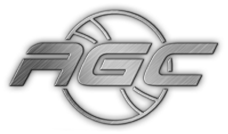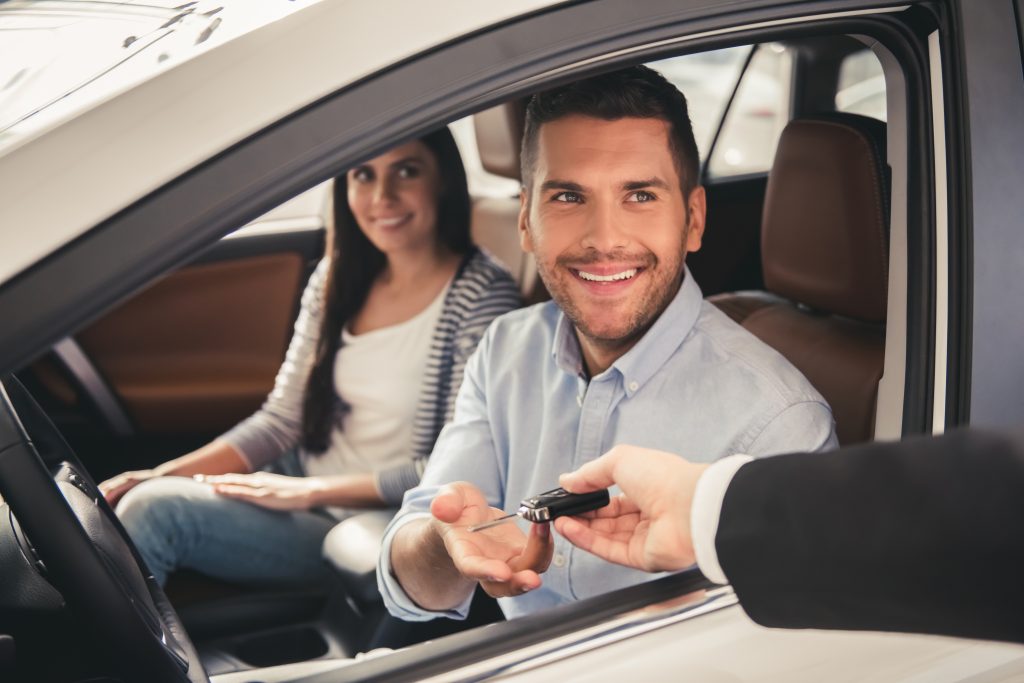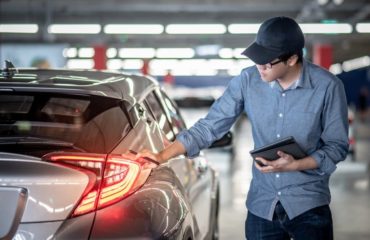Once repairs are completed, your vehicle will be ready for retrieval from the body shop. Here are a few tips, and things to look for upon taking delivery of your collision-repaired vehicle.
- Take delivery of the vehicle during the day and inspect it in the daylight. Look for a color match on the paint.
- Look for consistent gaps between body panels. For example, the distance between the rear edge of the front fender and the leading edge of the front door, should be the same on both sides of the vehicle and consistent vertically along the door’s edge.
- Make sure all doors, hood, and trunk open satisfactorily regardless of where the damage was sustained.
- Look under the hood, in the trunk and in wheel wells in otherwise “hidden” spots. Make sure all repairs have been made and the metal in these areas in not “kinked” or twisted.
- Make sure the repaired area is smooth, not rippled. Make sure the body contours match exactly, side to side and back to front.
- See how the paint color matches in the repaired area compared to adjacent body panels. Look at the repair from various angles, preferably in the sunlight, to assure a consistent color match. Note: It is not uncommon for paint to be blended into adjacent areas of the car to assure a uniform finish. It is not uncommon for paint to be sprayed way beyond the immediate damage
- Ensure that the paint not only matches in color, but is also smooth and shiny without imperfections or distortion.
- Ensure that there is no paint “overspray” in areas that should not be colored such as windows, lamps, and chrome or black trim.
- Make sure there is no masking tape left on the vehicle and that any seat covers or floor mat covers have been removed.
- If a tire was destroyed in the accident, ensure that the replacement tire is of a size, brand and model that match the others on the vehicle. Mis-matched tires can compromise vehicle handling characteristics and safety. Note: On all-wheel-drive vehicles, check with that vehicle manufacturer for their recommendation on the replacement of less than a full set of tires.
- If a wheel or wheel cover was destroyed in the accident, ensure that the replacement unit matches the others on the vehicle. Note: Most vehicle manufacturers specify an OE replacement for any wheel that sustains more than minor cosmetic damage.
- Ensure that the interior is clean, all broken glass has been removed, and the cabin and exterior is dust-free.
- In the likely event that the battery was damaged and replaced or simply disconnected for safety purposes to effect repairs, the radio, and possibly other electrical components, will likely need to be reset.
- Many late-model cars have on-board computer systems that must be “scanned” to ensure that the system is operating correctly. Be sure to ask if the car was scanned and if so, if all Diagnostic Trouble Codes (DTC’s) were cleared.
- Many late-model cars now have Advanced Driver Assistance Systems, commonly called an “ADAS” system consisting of any number of accident avoidance or accident mitigation components. These can include lane departure warning systems, adaptive cruise control, pedestrian crash avoidance mitigation and lane centering systems to name a few. The “heart” of these systems is a radar system or system of cameras that must be recalibrated after an accident. Even a slight accident can knock these systems out of alignment. Ensure that if you have these systems, they were recalibrated.
- Test-drive the vehicle, just as you would a new car. Make sure it drives to your satisfaction. Make sure everything works on the car including all electrical devises such as power seats, windows, and door locks.
Your AGC Collision customer representative wants to make sure that you are totally happy with the repair and you are satisfied with the work, and the way you were treated. If there is any question about the quality of work, or what was done, please consult with your AGC Collision representative before final sign-off of the car.





You must be logged in to post a comment.